CheongKwanJang - Eungam Branch [Tax Refund Shop] (정관장 응암)
5.4Km 2024-04-23
142, Eunpyeong-ro, Eunpyeong-gu, Seoul
-
Seoul Lantern Festival (서울빛초롱축제)
5.4Km 2025-01-15
Seorin-dong, Jongno-gu, Seoul
+82-2-3788-8168
The Seoul Lantern Festival is held every year from the first Friday of November to the third weekend of the month for approximately 3 weeks. With various themed lanterns around Cheonggyecheon Stream, visitors can enjoy both traditional lanterns and modern LED lanterns. The festival provides much to see and do with the addition of Gwanghwamun Square Market.
Gwanghwamun Market (광화문 마켓)
5.4Km 2024-09-30
175 Sejong-daero, Jongno-gu, Seoul
+82-2-3788-8168
Gwanghwamun Market takes place along with the Seoul Lantern Festival to support local small businesses and promote Seoul night tourism. The market features local store owners and businesses that exhibit and sell seasonal decor, handcrafted items, and winter snacks.
Hwangudan Altar (환구단)
5.4Km 2020-05-07
112, Sogong-ro, Jung-gu, Seoul
+82-2-3396-5842
Hwangudan Altar, also called Hwandan Altar, refers to an altar complex for the rite of heaven. The rites were first performed in the Goryeo dynasty by King Seongjong in the first month of 983 (2nd year of his reign), but was repeatedly adopted and abolished, and eventually stopped at the start of the Joseon dynasty.
Then in 1456 (2nd year of King Sejo), the practice was temporarily standardized and the rites were performed at Hwangudan Altar again in 1457. However, rites were again abolished in 1464 (10th year of King Sejo). It wasn’t until 1897 (34th year of King Gojong) when the Joseon dynasty was renamed as the Korean Empire and King Gojong ascended to emperor, that the rite was revived.
Now, Hwangungu Shrine and three stone drums stand at the location of the former altar complex. The three stone drums symbolize the instruments used for the rites. The shrine was completed in 1899, two years after the altar was started in 1897. Today, the Hwangungu Shrine still stands within the hotel grounds of the Westin Chosun Hotel.
Gwanghwamun Seokgalbi (광화문석갈비)
5.4Km 2021-05-25
136, Sejong-daero, Jung-gu, Seoul
+82-2-318-6288
It is a restaurant frequently used as a place for group dinners by office workers. This restaurant's signature menu is grilled ribs on a hot plate. This Korean dishes restaurant is located in Jung-gu, Seoul.
Laderach SFC (레더라 SFC)
5.4Km 2021-03-29
136, Sejong-daero, Jung-gu, Seoul
+82-2-3789-3245
It is a Swiss chocolate shop. The best menu at this restaurant is chocolate drink. This cafe is located in Jung-gu, Seoul.
GRANDHAND. Seochon (그랑핸드 서촌)
5.4Km 2023-08-21
14-2, Jahamun-ro 4-gil, Jongno-gu, Seoul
Lauched in 2014 at a small hanok in Bukchon Hanok Village, Korea perfume brand now has six stores around Seoul as well as a cafe brand KOMFORTABLE. With no adversements or online sales, GRANDHAND has preserved its roots for over 7 years. GRANDHAND. Seochon located between Gyeongbokgung Palace and various art museums has customers of all ages and nationalities.
Bank of Korea Money Museum (화폐박물관)
5.4Km 2024-03-18
39 Namdaemun-ro, Jung-gu, Seoul
This Renaissance-style three-story stone building is the museum of the Bank of Korea. The older Bank of Korea was established as the central bank of the Korean Empire in 1909 and has been designated as a National Historical Site. During the Japanese colonial period, the bank was renamed the Bank of Joseon, and the building was used as the main and head office of the Bank of Korea until 2001. The building has been used as the nation’s Money Museum since June 2001 in celebration of the 50th anniversary of the Bank of Korea. The museum has 13 exhibition rooms on two floors, with one basement floor and two above-ground floors. It holds special exhibitions of various currency and art collections to provide domestic and foreign visitors with the opportunity to enjoy the history and culture of currency. Visitors can learn about the Bank of Korea and the central banking system, as well as how to identify counterfeit notes and how money is produced and circulated. It is also a good place for children to learn about currencies from around the world. Advance reservations are required, and parking is not available. The museum can easily be reached via subway by getting off at Hoehyeon Station (Seoul Subway Line 4) and exiting through Exit 7.
Ilmin Art Museum (일민미술관)
5.4Km 2022-09-27
152, Sejong-daero, Jongno-gu, Seoul
The Ilmin Art Museum located in former Dong-A Newspaper Building, was formed in honor of their honorable and late CEO Kim Sang-man. The museum was established in December of 1996, and with a full renovation in 2001, large exhibition hall and Ilmin collection was placed in. Through the renovation, the combination of glass and steel made Artrium aimed to become one of the best comtemporary museum, connecting the museum to the streets of Gwanghwamun.
This museum boasts a large Ilmin collection. There are 430 pieces of Ilmin collection from Goryeo dynasty (918-1392) to present, 1,200 pieces in the Donga Newspaper's collection of art, and 100 pieces of art owned by Hyundai Corporation. The Ilmin Collection mostly consists of pieces that Kim Sang-man collected from ceramics to aesthetic paintings. The Dongah Newspaper's collection has time-relevant pieces that are important in history.
![CheongKwanJang - Eungam Branch [Tax Refund Shop] (정관장 응암)](http://tong.visitkorea.or.kr/cms/resource/52/2888952_image2_1.jpg)
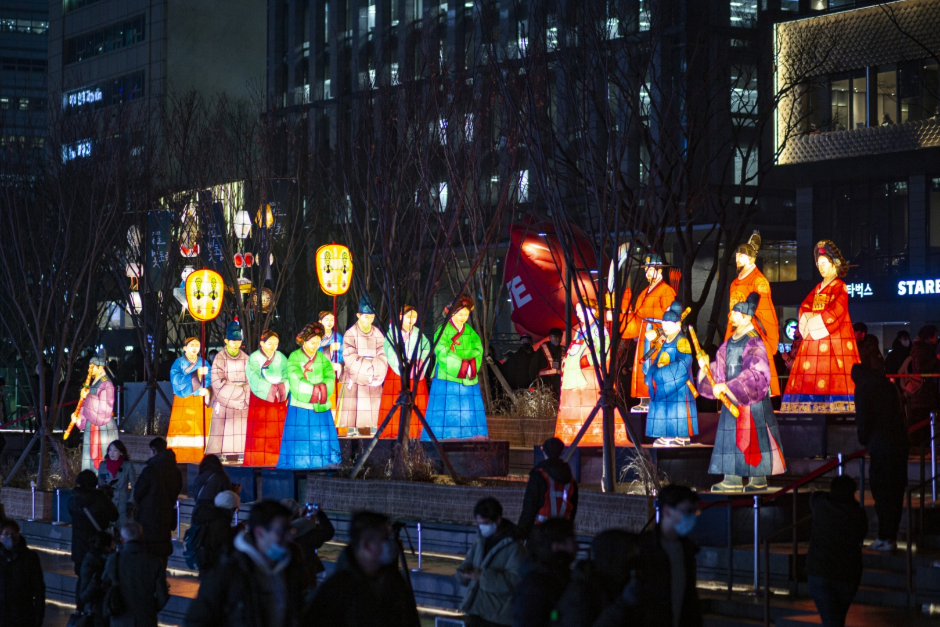
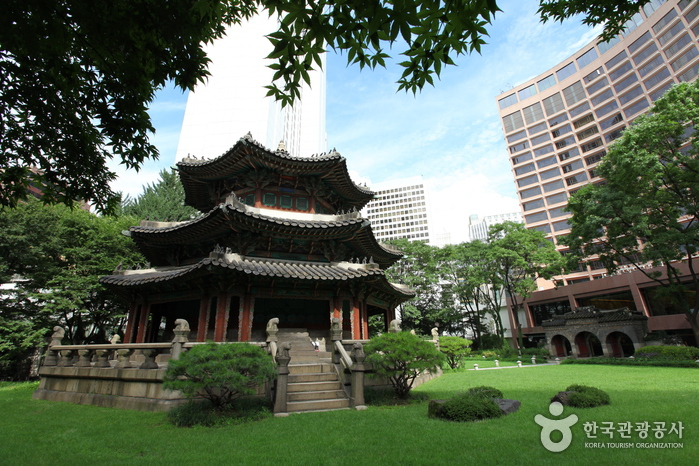
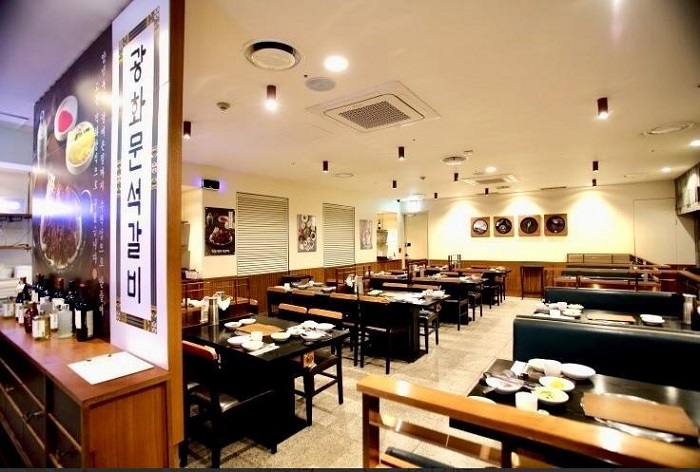
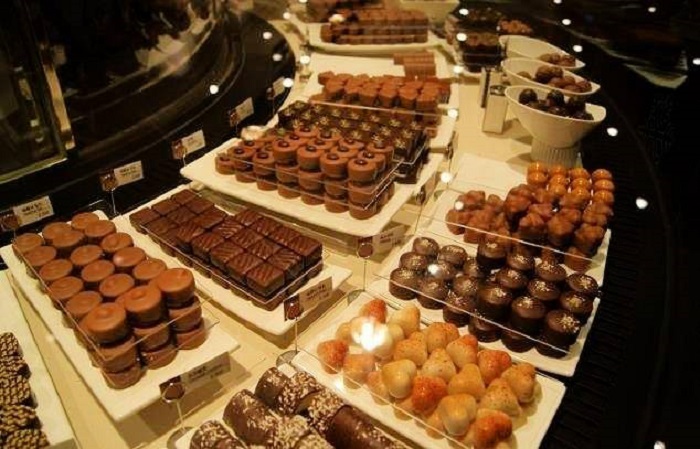
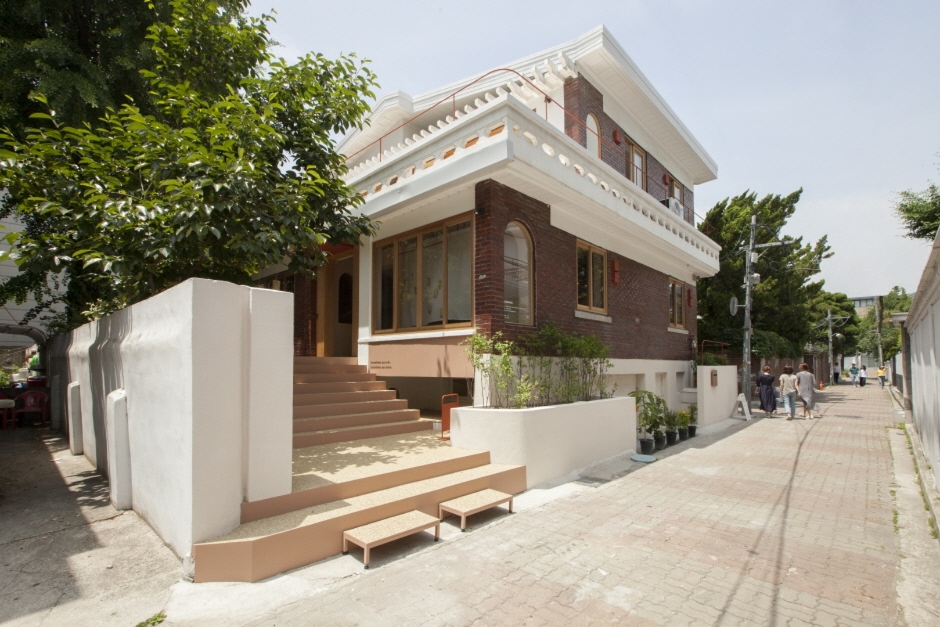

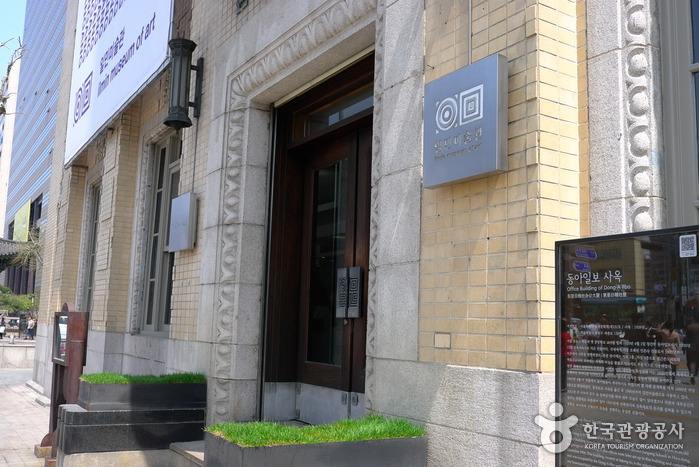
 English
English
 한국어
한국어 日本語
日本語 中文(简体)
中文(简体) Deutsch
Deutsch Français
Français Español
Español Русский
Русский